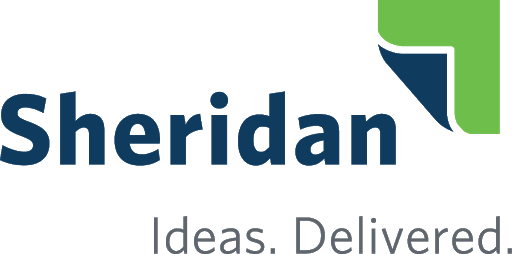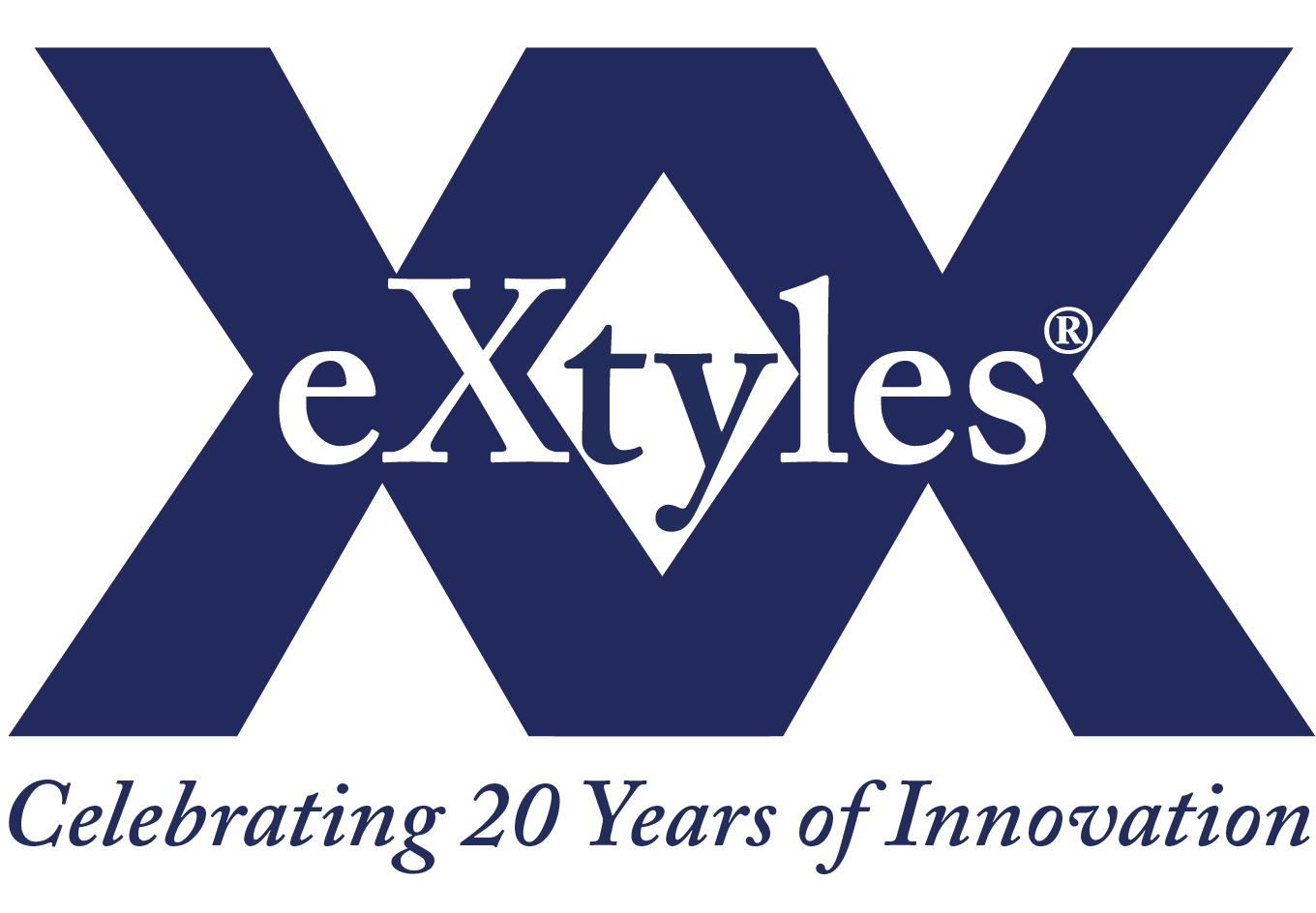 As part of our #eXtyles20th celebrations, we’re sitting down with a variety of eXtyles customers to chat about their experiences! Here’s our conversation with Peter J. Olson of Sheridan, the original eXtyles customer!
As part of our #eXtyles20th celebrations, we’re sitting down with a variety of eXtyles customers to chat about their experiences! Here’s our conversation with Peter J. Olson of Sheridan, the original eXtyles customer!
*
What originally led your organization to adopt eXtyles?
Starting in 1998, just a few years into my career at the erstwhile Sheridan company Capital City Press, we partnered with Inera to devise a program that would help automate the typesetting coding requirements that had suddenly fallen on the shoulders of our copyeditors, thanks to the burgeoning phenomenon of online publishing. As a production editor who reviewed copyedited manuscripts for proper coding, I was enlisted as a consultant and ultimately a beta tester for eXtyles—so I guess you could say we got in on the ground floor. [Inera began discussing eXtyles with CCP in 1998, and development started in June 1999. Alpha testing at CCP began in January 2000, and beta testing at Cell Press in April 2000.]
How have the ways you use eXtyles changed since 2000?
Sheridan produces work for a variety of customers, so this can vary depending on the customer. That said, one evolutionary trait of eXtyles that is common to all of our customers is its ability to generate links to external online content via customized character styles. Whereas in 2000 the linking capabilities were largely limited to components within the document itself, those capabilities have expanded to match and meet the expanding demands of online scholarly publishing; eXtyles has become an integral part of our ability to generate reliable links to external sources, including supplemental information pages, data repositories, funder sites, and the PubMed, Crossref, and ORCID databases, to name only a few.
How does eXtyles intersect with your specific role at Sheridan? Are you an eXtyles user, or have you been eXtyles user in the past?
Because Sheridan was integral to the development of eXtyles, I began using it as soon as it was launched, reviewing copyedited manuscripts, providing copyeditor support and feedback, and working with our technology staff to troubleshoot problems and explore potential improvements. A year or so later, I took on the role of Copyediting Coordinator at Sheridan, which required that I provide frequent eXtyles training sessions for copyeditors and production editors alike—and for a substantial stretch of time, I myself copyedited dozens of articles per year. These days, I primarily facilitate copyeditor orientations, maintain customer-specific documentation for eXtyles users, and serve as a consultant for customer-driven transitions, enhancements, and initiatives.
Which eXtyles feature is your favorite, or is most essential to your workflow?
Without question, it has to be the suite of Advanced Processes that wrangle reference lists into compliance with house style. This is the part of eXtyles that universally blows the minds of uninitiated copyeditors during their orientations—though I once had a copyeditor bemoan the fact that eXtyles had “taken all the fun out of” editing reference lists!
What has been the biggest challenge of implementing eXtyles?

Sheridan relies on 100+ freelance copyeditors who work on dozens of accounts, and the overwhelming majority require extensive orientation sessions that focus on editing within the eXtyles environment. A large percentage of the freelancers we enlist have never worked in journal production—and for many of those who have, their experience predates the era of electronic publishing. This disconnect often means that they lack a fundamental knowledge of XML, which hampers their comprehension of what eXtyles does—and why it does it—never mind their ability to comprehend and anticipate the potential ramifications of incorrect application. So my biggest challenge by far has been to develop clear, comprehensive, customer-specific documentation and orientation methods for tradespeople who are critical to the production process but are effectively isolated from it.
What have your experiences with Inera team members been like?
Across the board, they have been one of the most pleasant, cohesive, and professional teams I’ve ever dealt with in my 30-year career. Without exception, they consistently express both an individual and collective commitment to (and passion for) their products, their work, and their relationships with their customers.
You were at the very first eXtyles user training session in January 2000. What can you tell us about that?
I can barely remember what I had for breakfast yesterday, much less a training session that occurred two decades ago! I do recall a general sense that I was participating in something innovative, progressive, even revolutionary—and because I was only a few years into my career in scientific publishing, I remember feeling excited to be a part of it.
You’re a longtime attendee at the annual eXtyles User Group meeting (XUG), for which we thank you! What keeps you coming back to that meeting?
Given that I was involved in the conception and initial development of eXtyles and have been using it for as long as it’s existed, it would just feel wrong not to be at XUG. Beyond that, though, I learn something new every year—not just from the Inera team, but also from the guest speakers and my conversations with other attendees. Also, being in a room full of like-minded individuals from the realm of scholarly publishing never disappoints. My role at Sheridan is a niche one, so hearing how other professionals use and rely on eXtyles helps broaden my vision of the industry and provides additional perspective and context for my own work, even if the applications are indirect or peripheral. Over the years, I’ve gotten to know a lot of brilliant, compelling people, many of whom I now consider friends—so in some ways, XUG feels more like a reunion than a conference.
*
Thank you so much for your time, Peter!
Also in this series: Jim Bender, US GPO | Einar Ryvarden, Norwegian Medical Association | The story of eXtyles | Irina Golfman, Inera